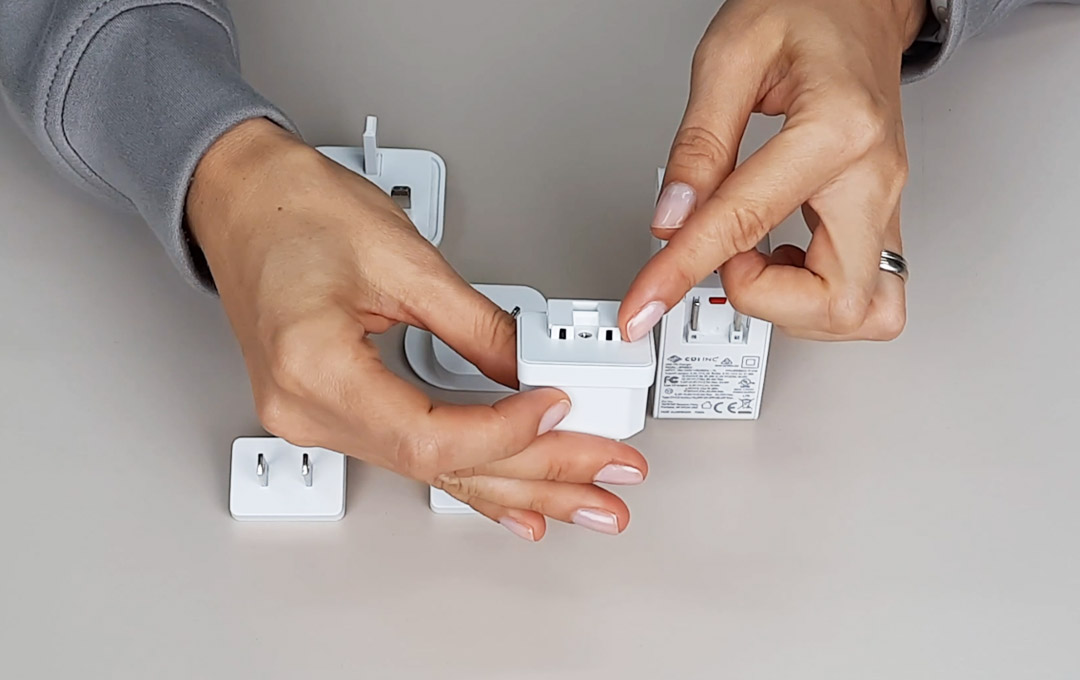Railway
A Closer Look
A Closer Look: LRSA Power Supply Systems for Rail Applications
Bel Power's LRSA series power supply system is an extremely rugged AC-DC subrack system designed for railway and subway control system applications. The LRSA series can accommodate up to six of Bel's hot-swappable 250 watt rugged Melcher brand AC-DC cassettes in a 19-inch rack. These can provide single or dual output voltages from 12 to 60 volts DC at up to 1500 watts. The system provides true redundancy with two independent AC feeds and an O-ring circuit to protect the output of each module and allow for active output current sharing. It also provides enhanced voltage isolation of all output circuits and complies with applicable railway and safety standards. The LRSA series is designed for operation measured in decades with a fanless convection-cooled design that assures high reliability and maintenance-free operation.
Related Videos

Video
How To Change The Blade On A Top Release Multi-Blade Adapter
Learn how to change the blade on a top release multi-blade adapter
Watch Video
Video
High-Power Charging Tech Shaping the Future of eMobility | Bel's Sustainable Solutions
This video on Bel's industrial EV power solutions explores how our durable, high-power components drive efficiency and reliability in heavy-duty electric vehicles and charging systems.
Watch Video
Video
Exploring Bel's Innovations in Rail Technology
In this video on Bel's industry-leading railway components, learn how our power supplies, battery chargers, circuit protection, and rugged ICMs ensure safe, efficient, and reliable railway operations worldwide.
Watch Video